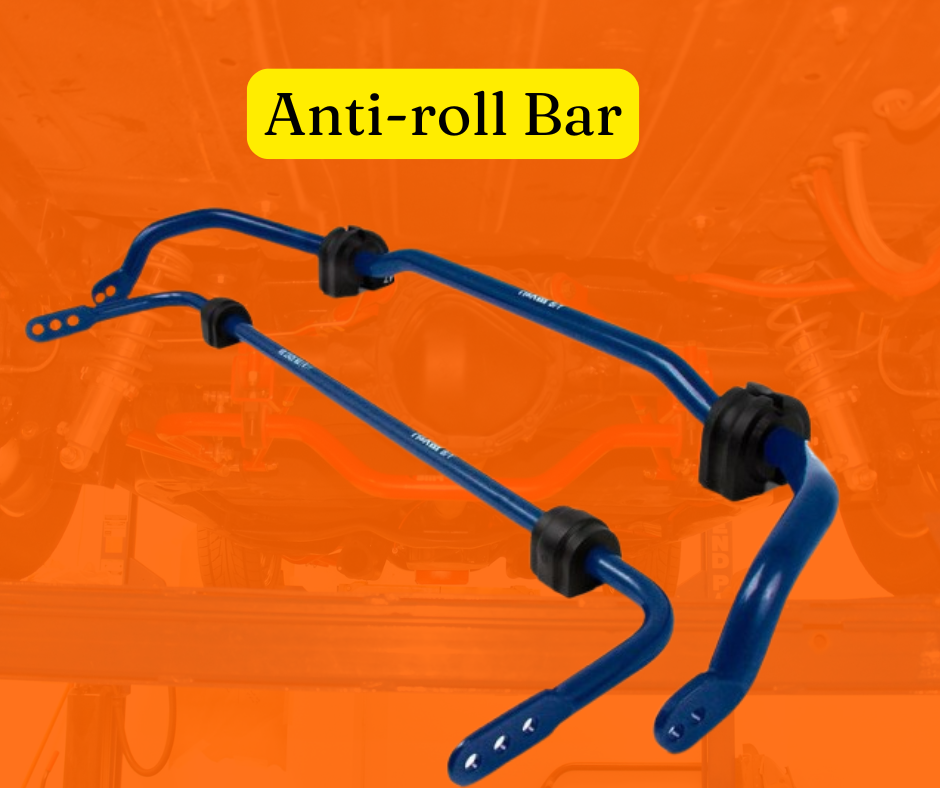The Function and Importance of Anti-Roll Bars

Explore how anti-roll bars enhance vehicle stability and improve your driving experience, making each journey safer and more enjoyable.
Understanding Anti-Roll Bars: Their Design and Mechanism
Anti-roll bars, also known as sway bars or stabilizer bars, are crucial components in a vehicle’s suspension system. They are typically made of a metal rod or tube that connects opposite wheels through short lever arms linked by a torsion spring. This design allows the bar to twist under force, helping to distribute load and resist body roll when a car corners.
The primary function of an anti-roll bar is to reduce the body roll of a vehicle during fast cornering or over road irregularities. By connecting the left and right wheels, the anti-roll bar forces the wheels to move in unison, thus enhancing the vehicle's stability and balance.
The Critical Role of Anti-Roll Bars in Vehicle Stability
Anti-roll bars play a vital role in maintaining vehicle stability, especially during high-speed turns or sudden maneuvers. When a vehicle takes a corner, centrifugal force causes the body to lean away from the direction of the turn. Without an anti-roll bar, this body roll could lead to a loss of traction, making the vehicle more prone to skidding or even rolling over.
By minimizing body roll, anti-roll bars help maintain consistent contact between the tires and the road surface, ensuring better traction and control. This not only improves safety but also enhances the overall handling characteristics of the vehicle.
How Anti-Roll Bars Enhance Your Driving Experience
Anti-roll bars significantly enhance the driving experience by providing a more stable and controlled ride. They allow for sharper and more responsive handling, making the vehicle feel more connected to the road. This is particularly beneficial for performance-oriented drivers who seek precise and predictable vehicle behavior during spirited driving.
Moreover, anti-roll bars contribute to a smoother ride by reducing the amount of body roll experienced during everyday driving conditions. This results in a more comfortable and enjoyable journey, whether you are navigating through city traffic or cruising on the highway.
Comparing Vehicles With and Without Anti-Roll Bars
Vehicles equipped with anti-roll bars generally exhibit superior handling and stability compared to those without. Without an anti-roll bar, a vehicle is more susceptible to excessive body roll, which can compromise steering precision and increase the risk of losing control.
In contrast, vehicles with anti-roll bars can take corners more confidently and maintain better traction, especially in challenging driving conditions. This makes anti-roll bars a crucial component for both everyday vehicles and high-performance cars, enhancing safety and driving enjoyment.
Maintaining Your Vehicle’s Anti-Roll Bars: Tips and Best Practices
Regular maintenance of your vehicle’s anti-roll bars is essential to ensure optimal performance and longevity. Inspect the anti-roll bars and their bushings for signs of wear or damage, such as cracks or excessive play. Worn bushings can compromise the effectiveness of the anti-roll bar, leading to increased body roll and reduced handling performance.
It’s also important to check the mounting points and hardware for tightness and corrosion. Replacing worn or damaged components promptly can help maintain the integrity of the suspension system and ensure a safe and enjoyable driving experience. Consult your vehicle’s maintenance schedule and follow the manufacturer’s recommendations for inspecting and servicing the anti-roll bars.

 Loading..
Loading..